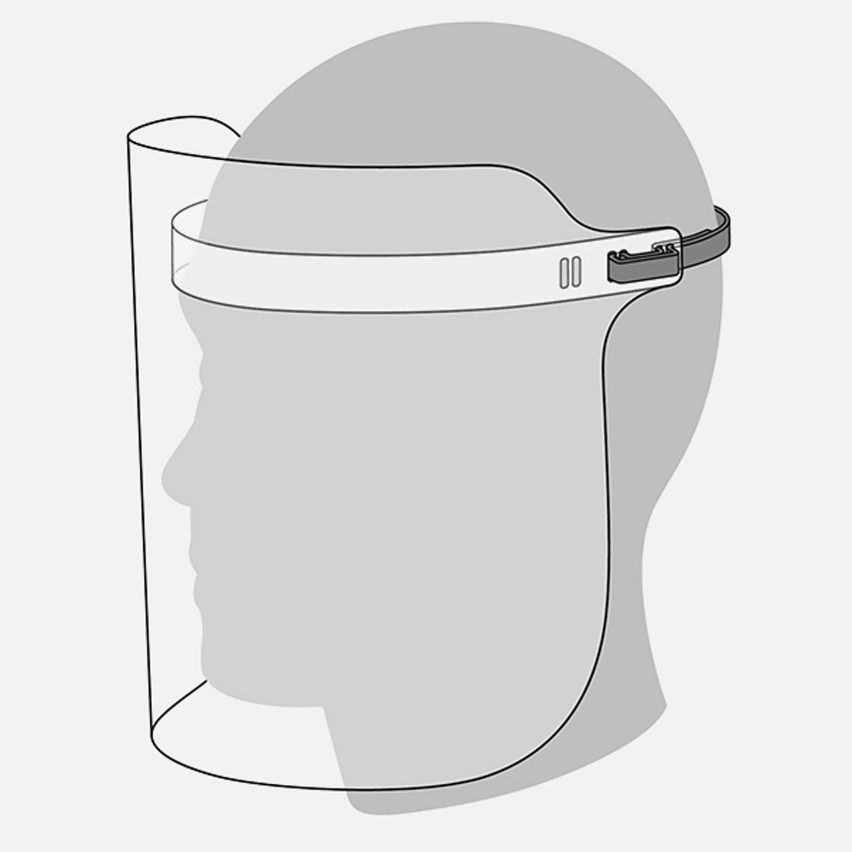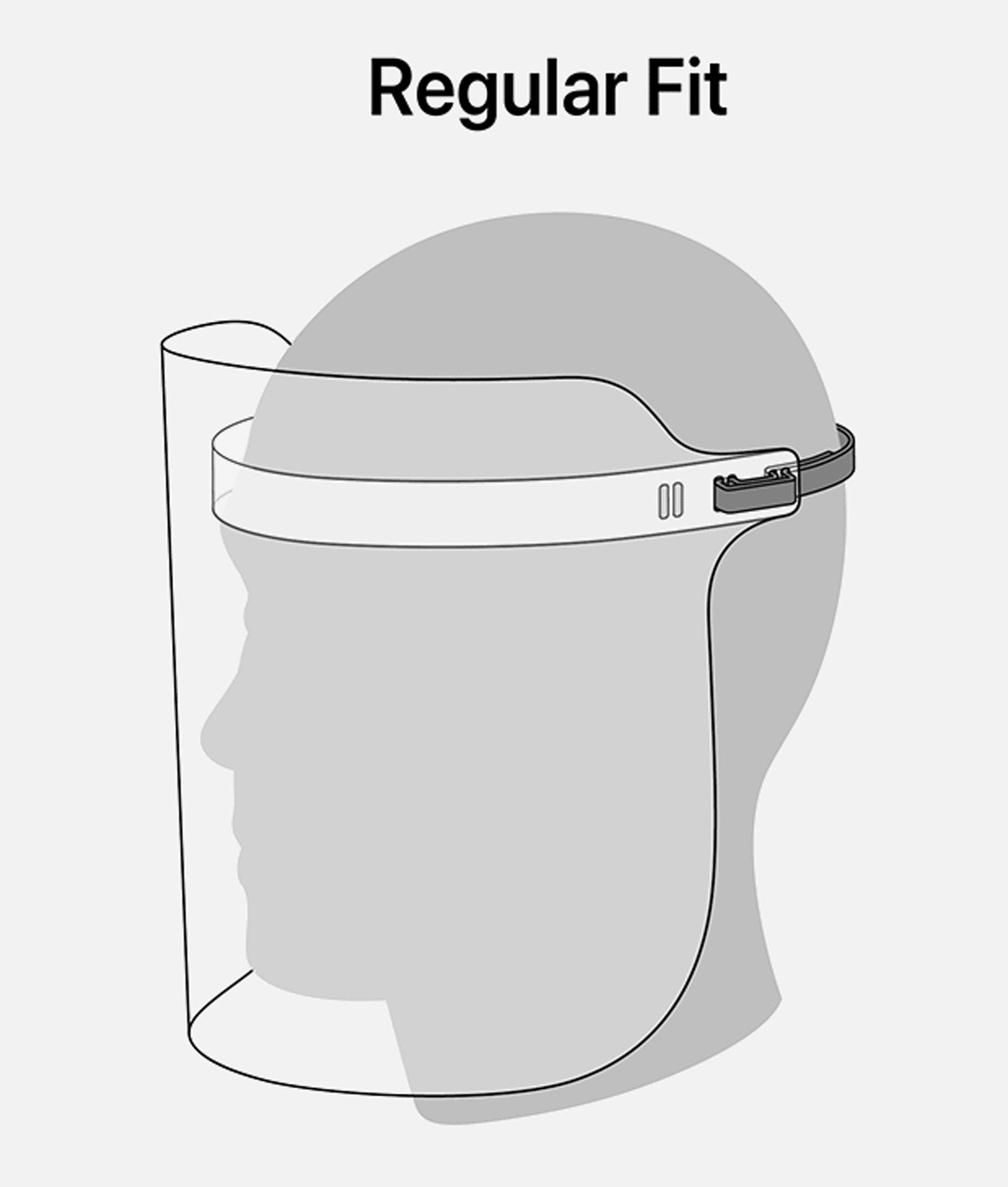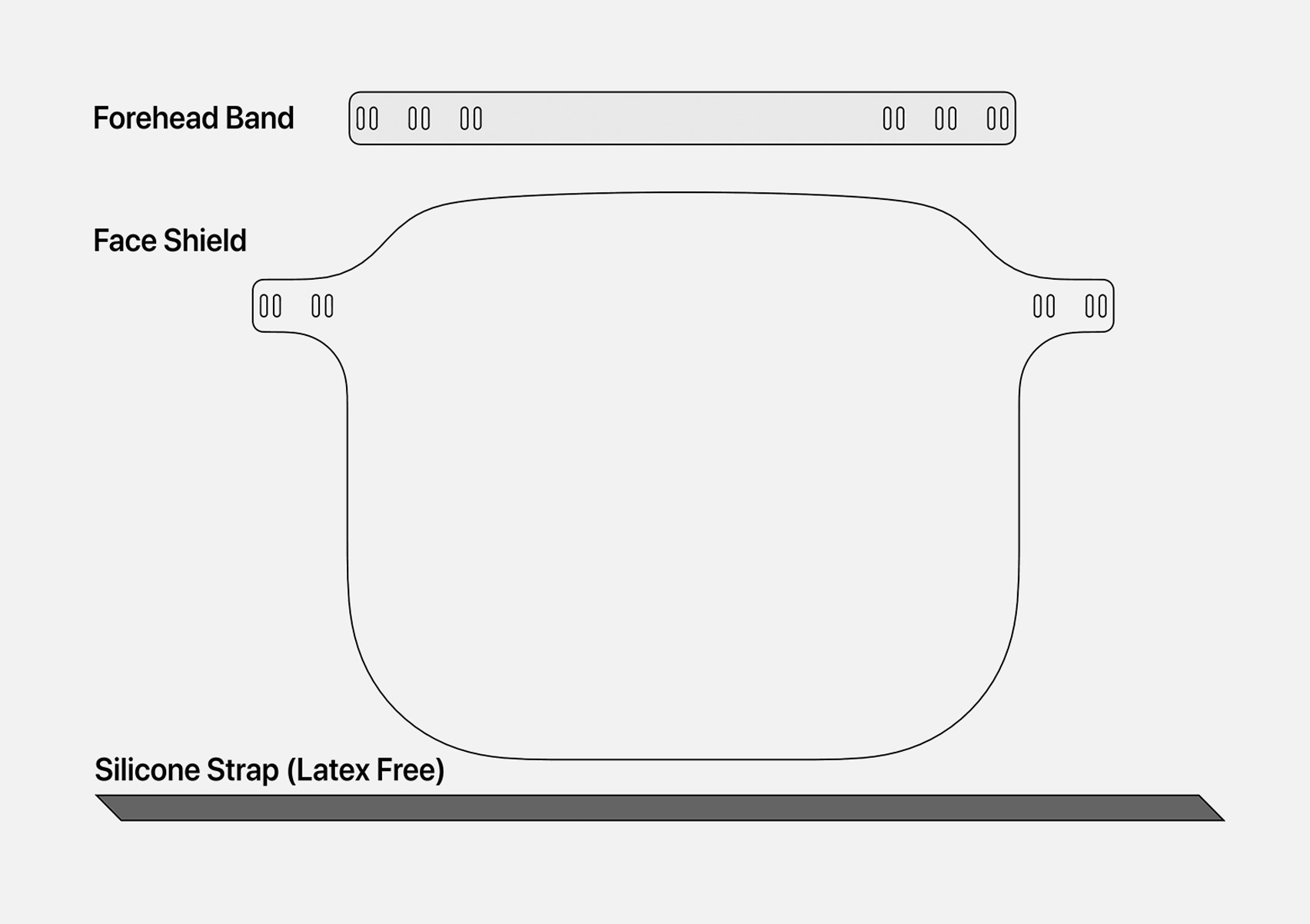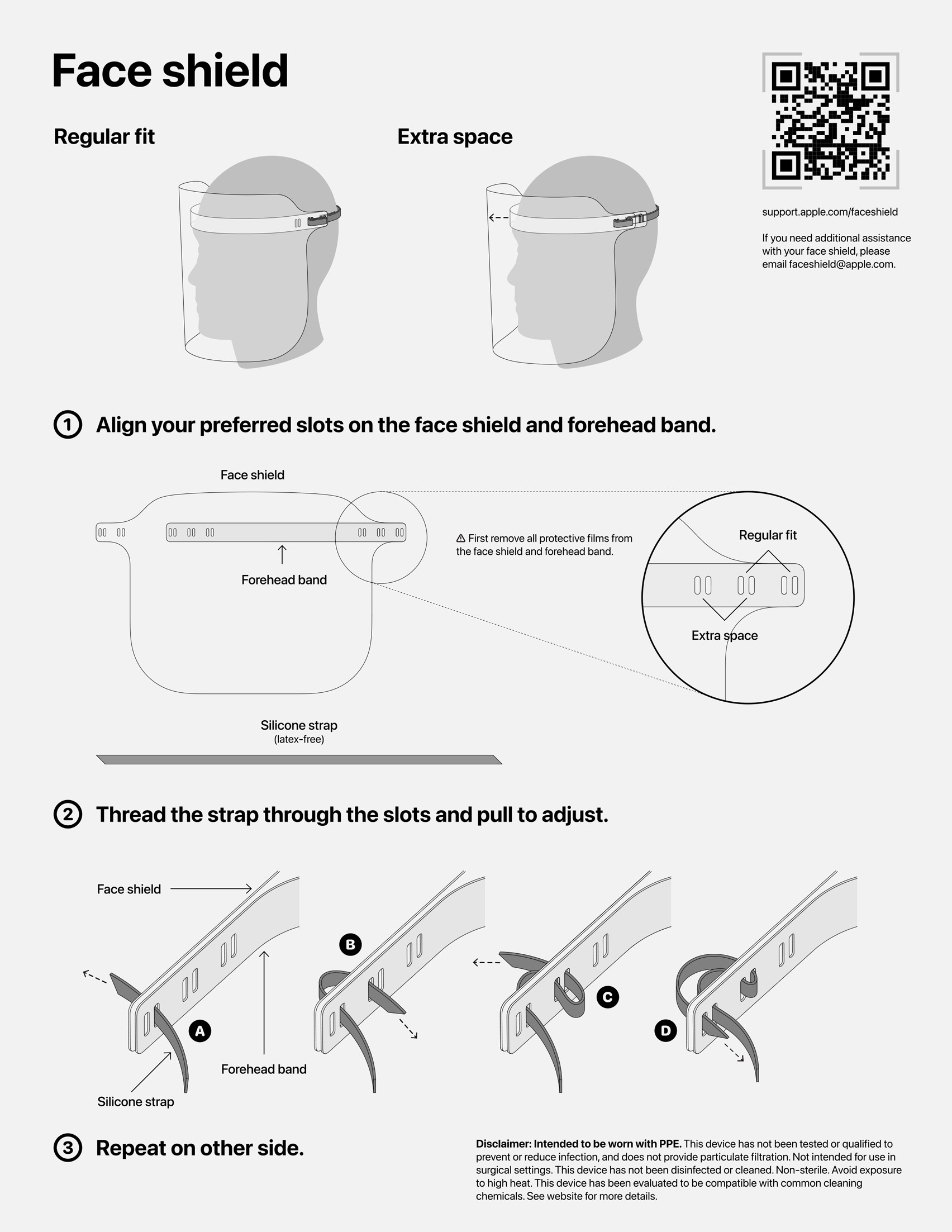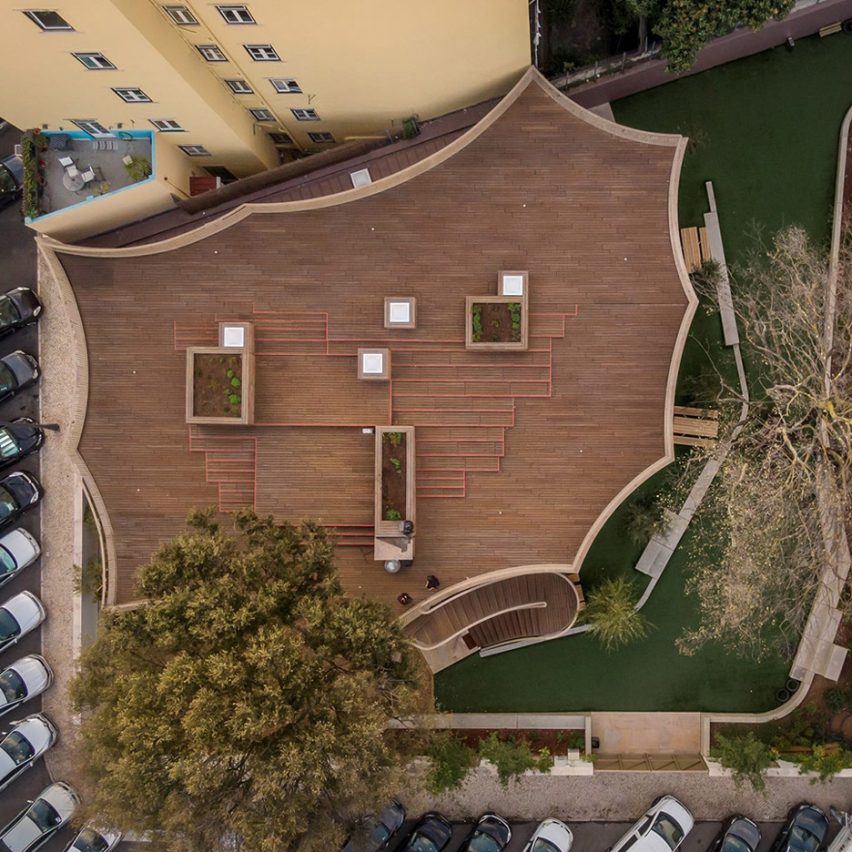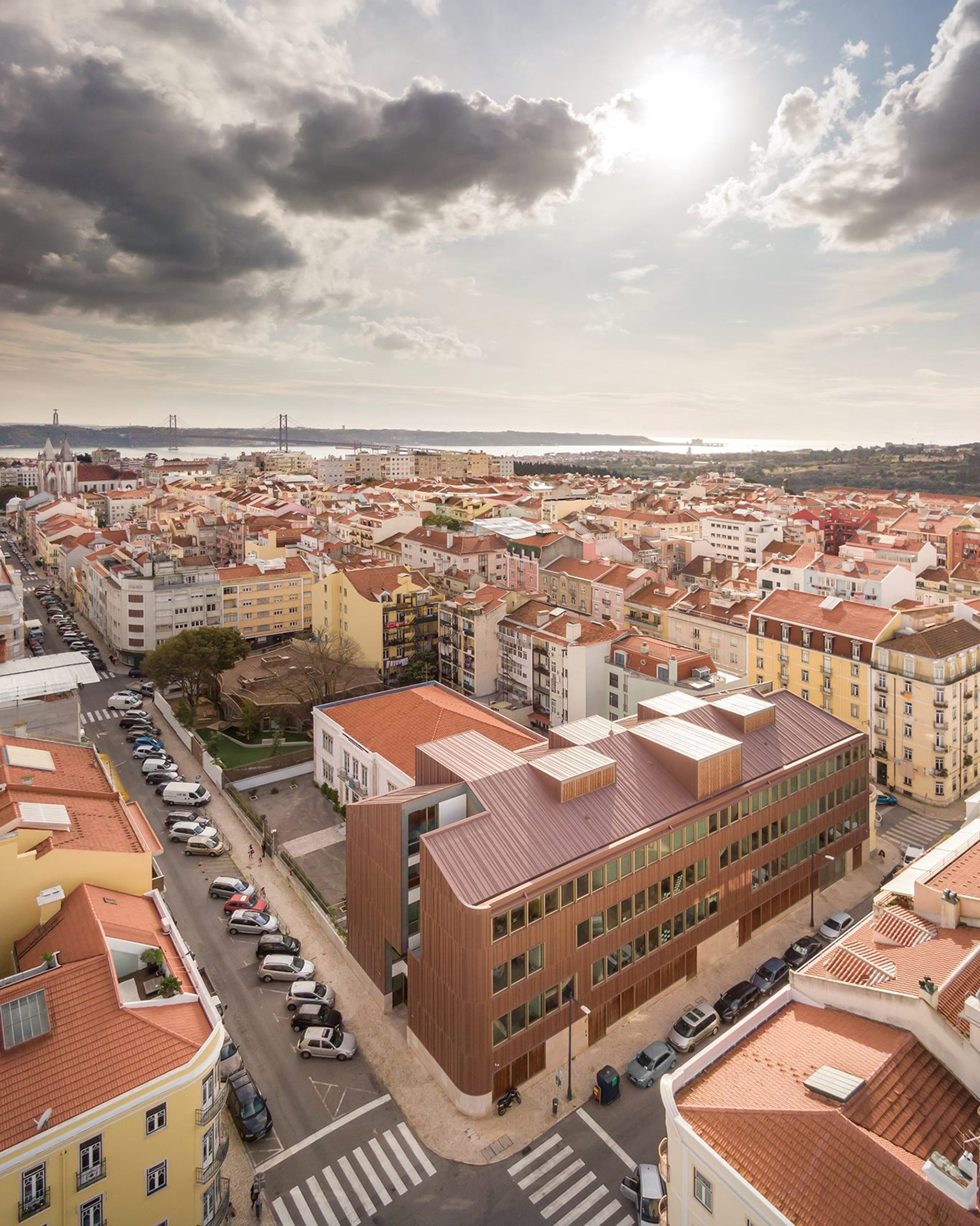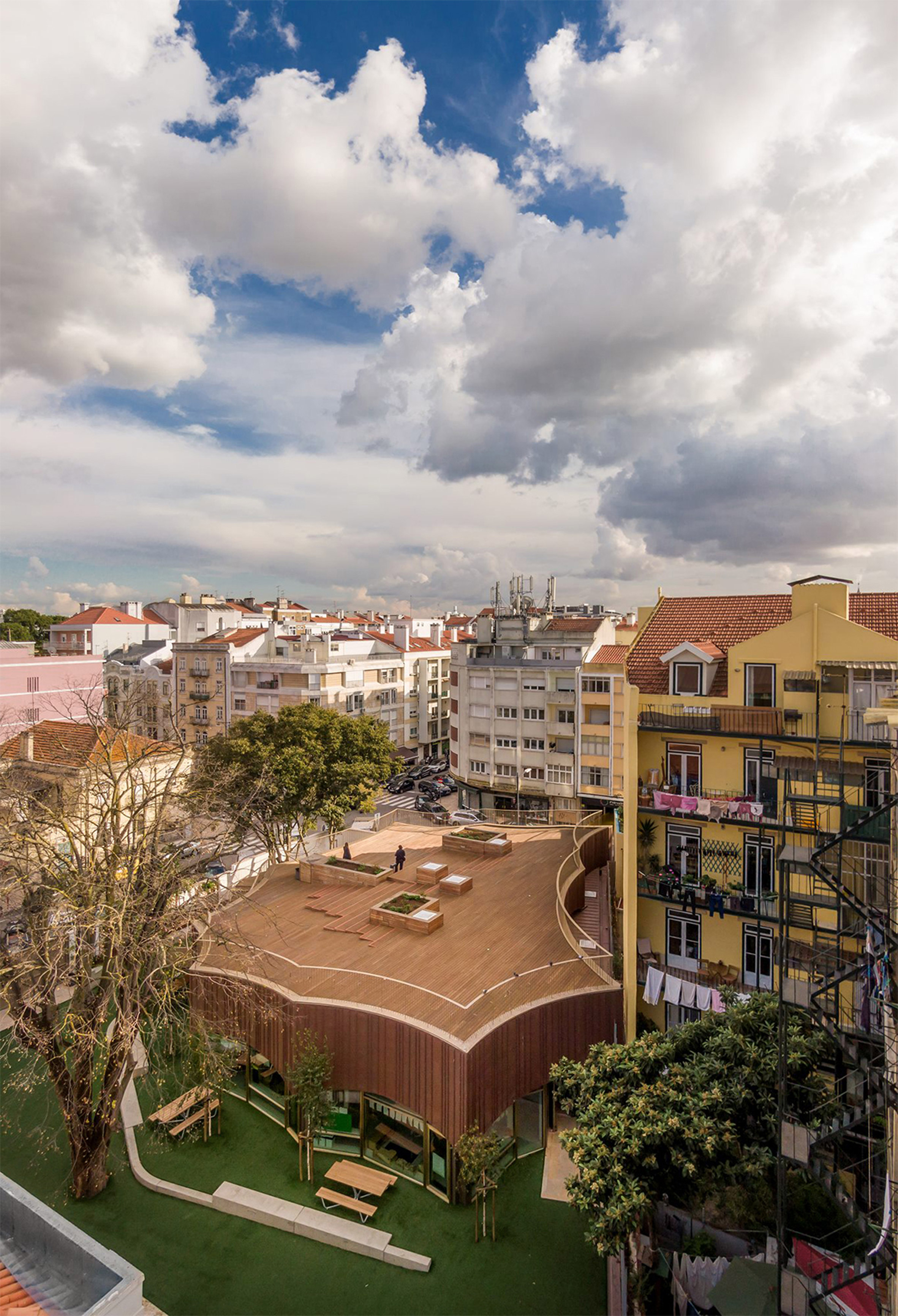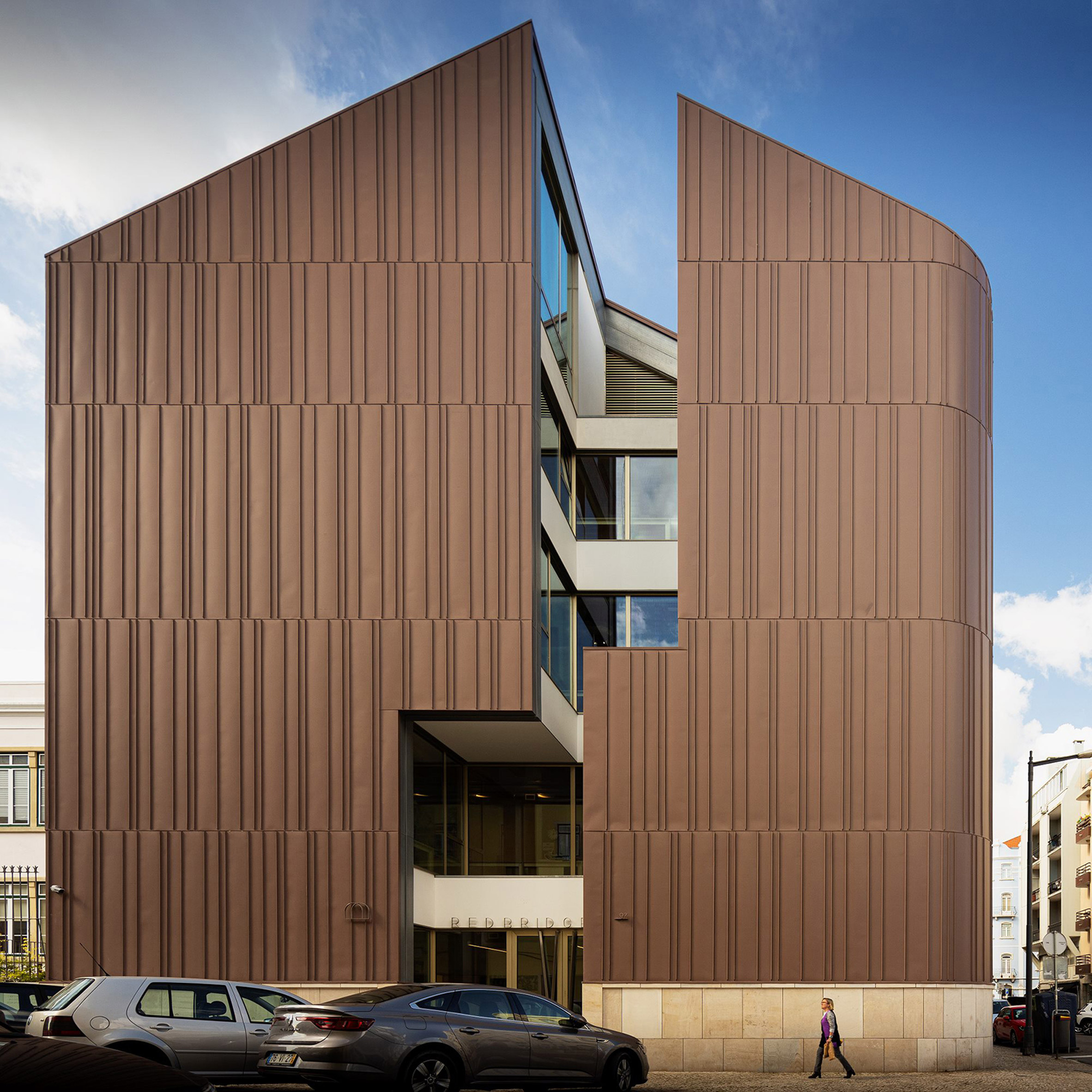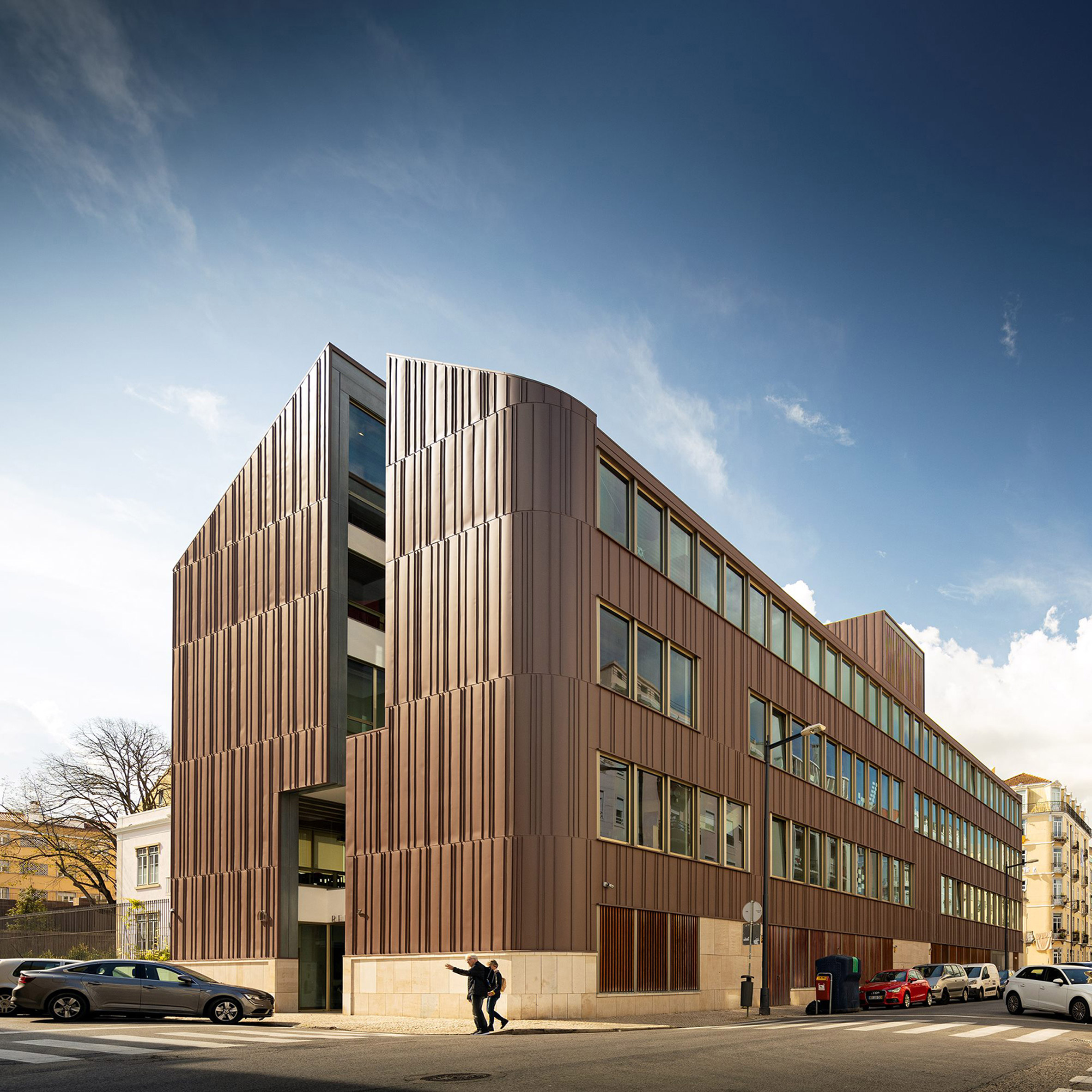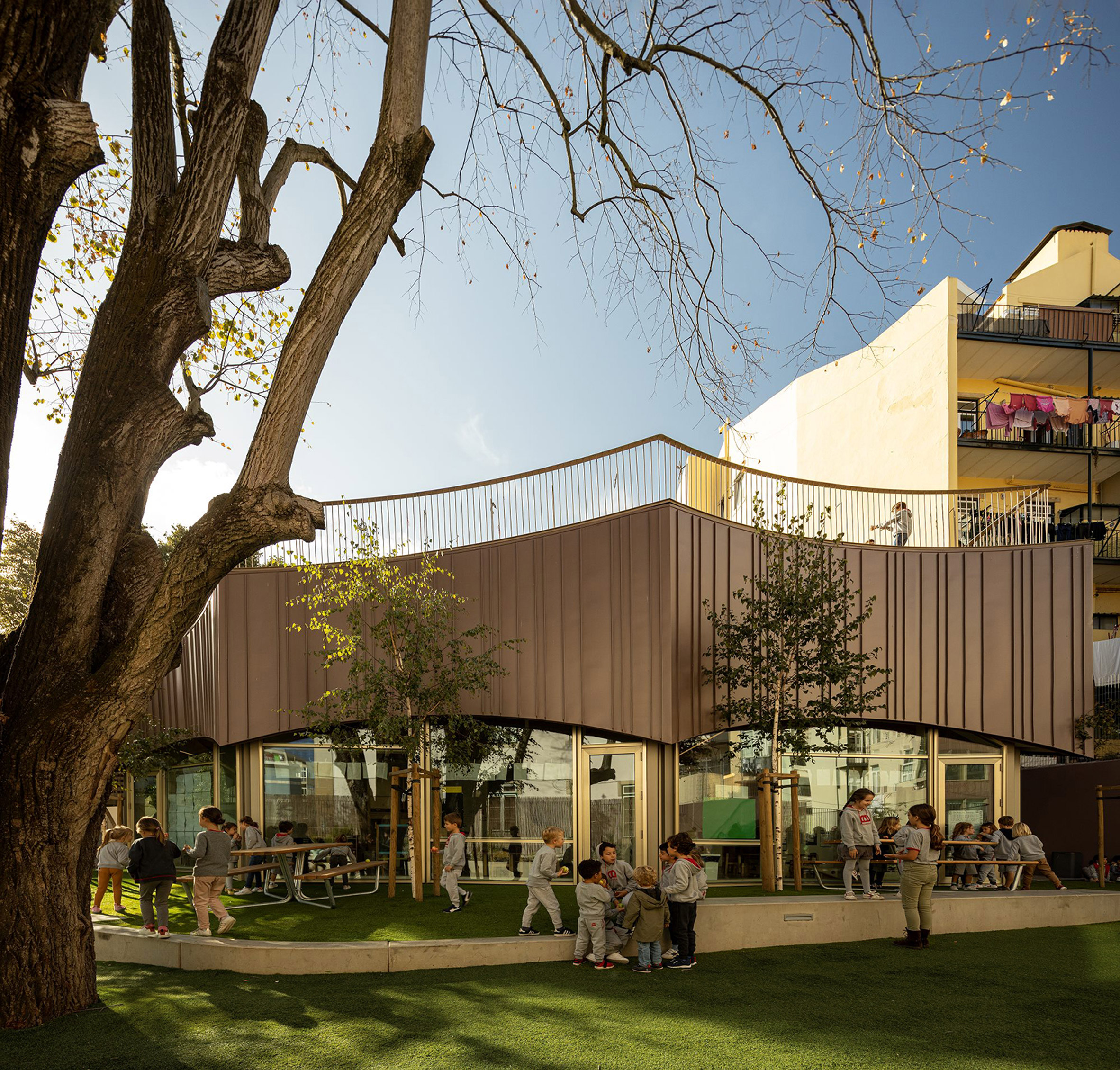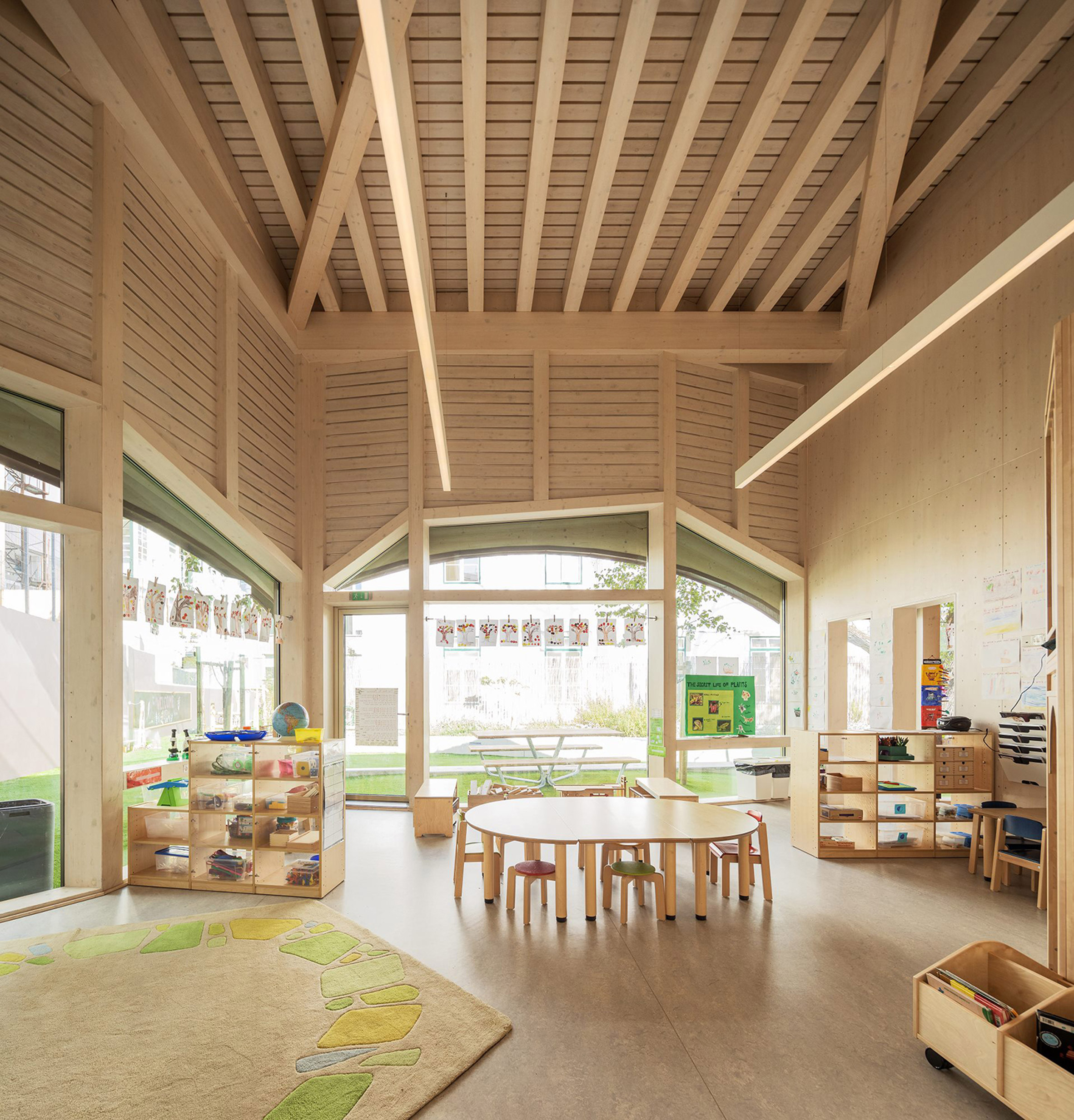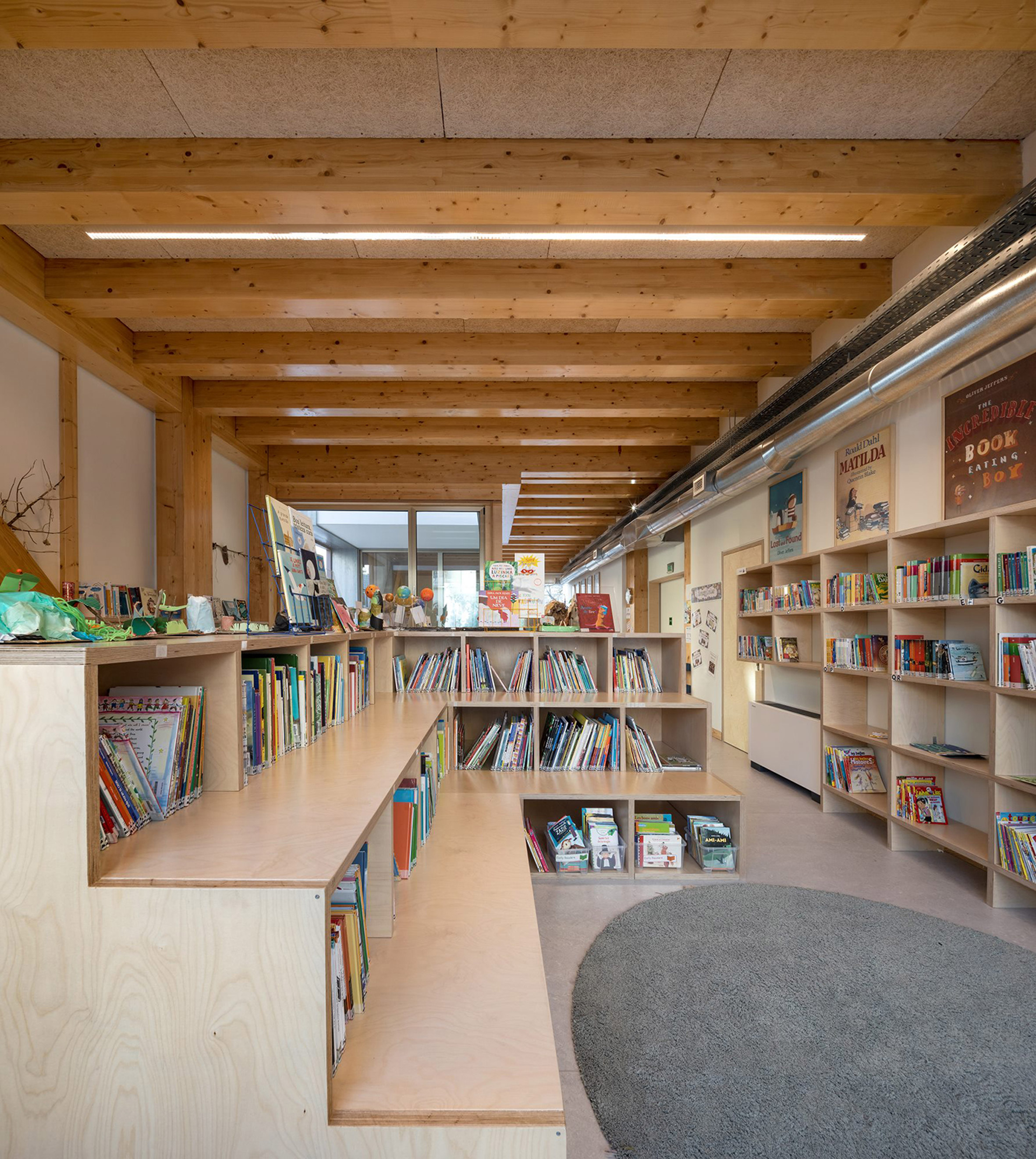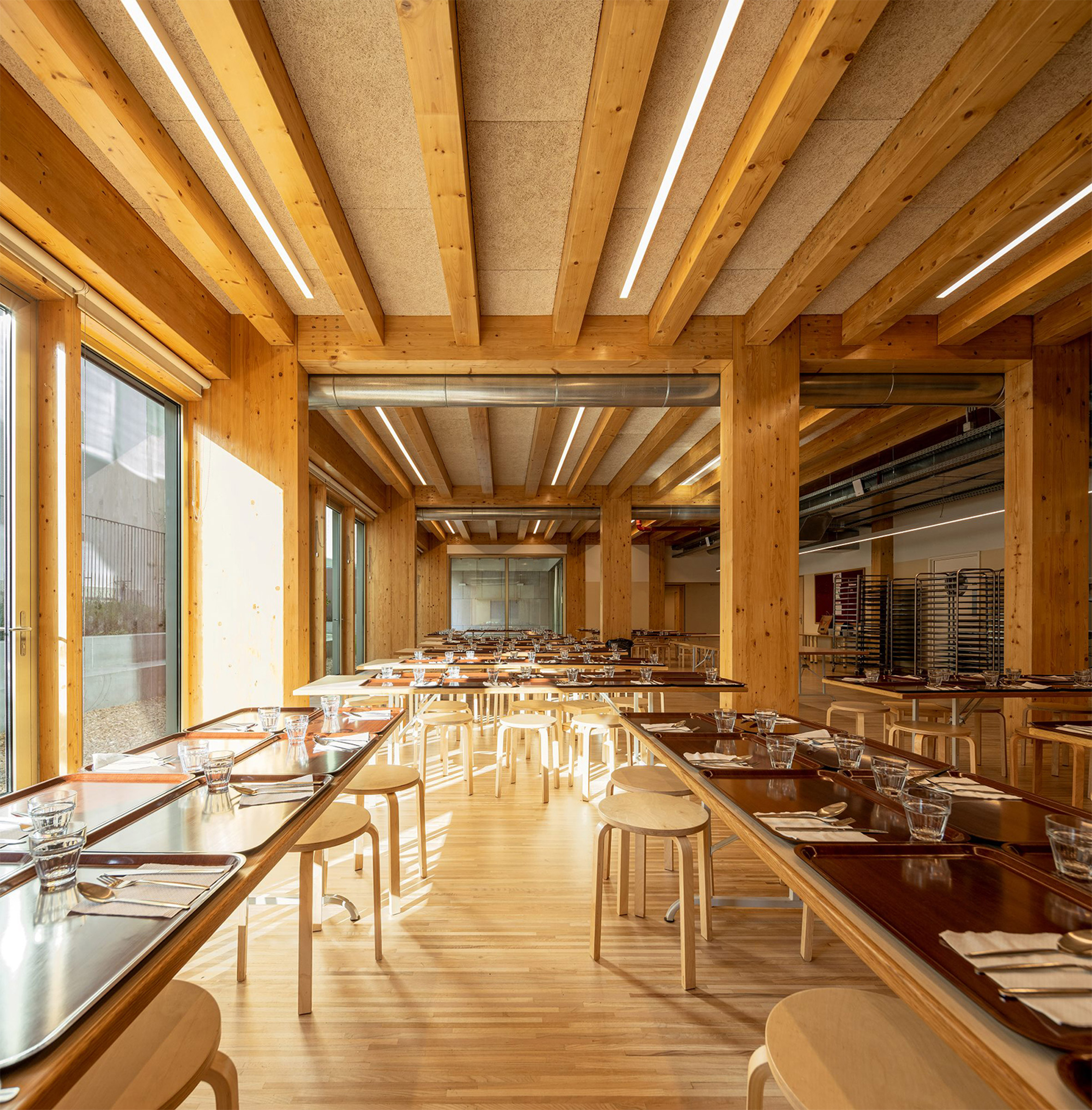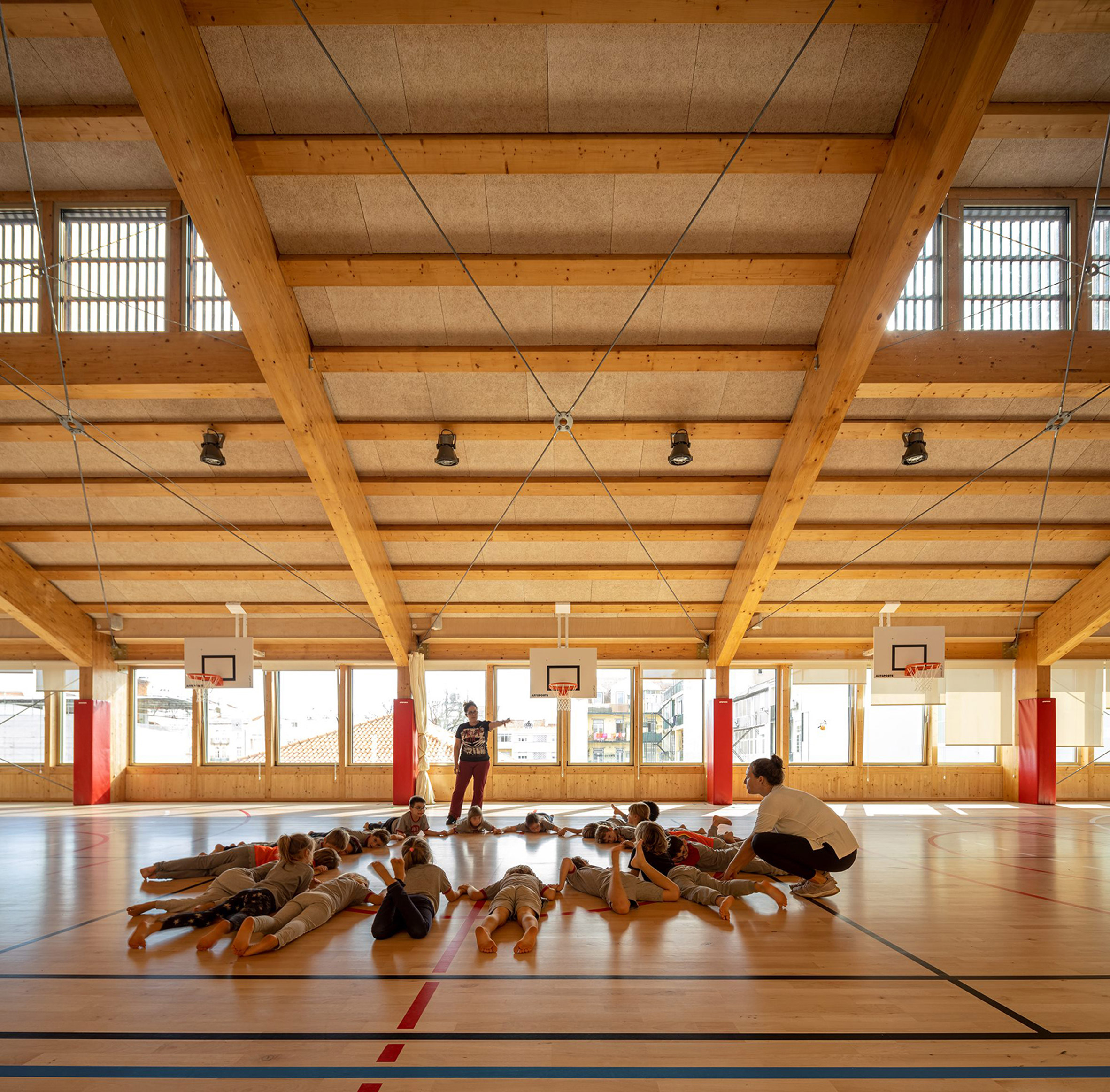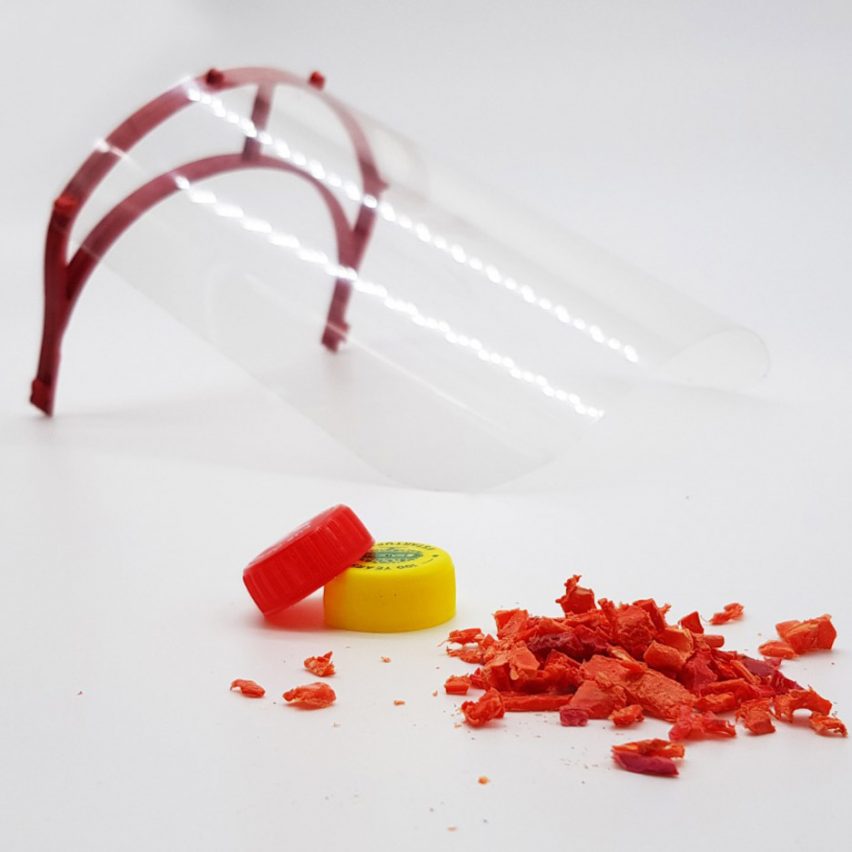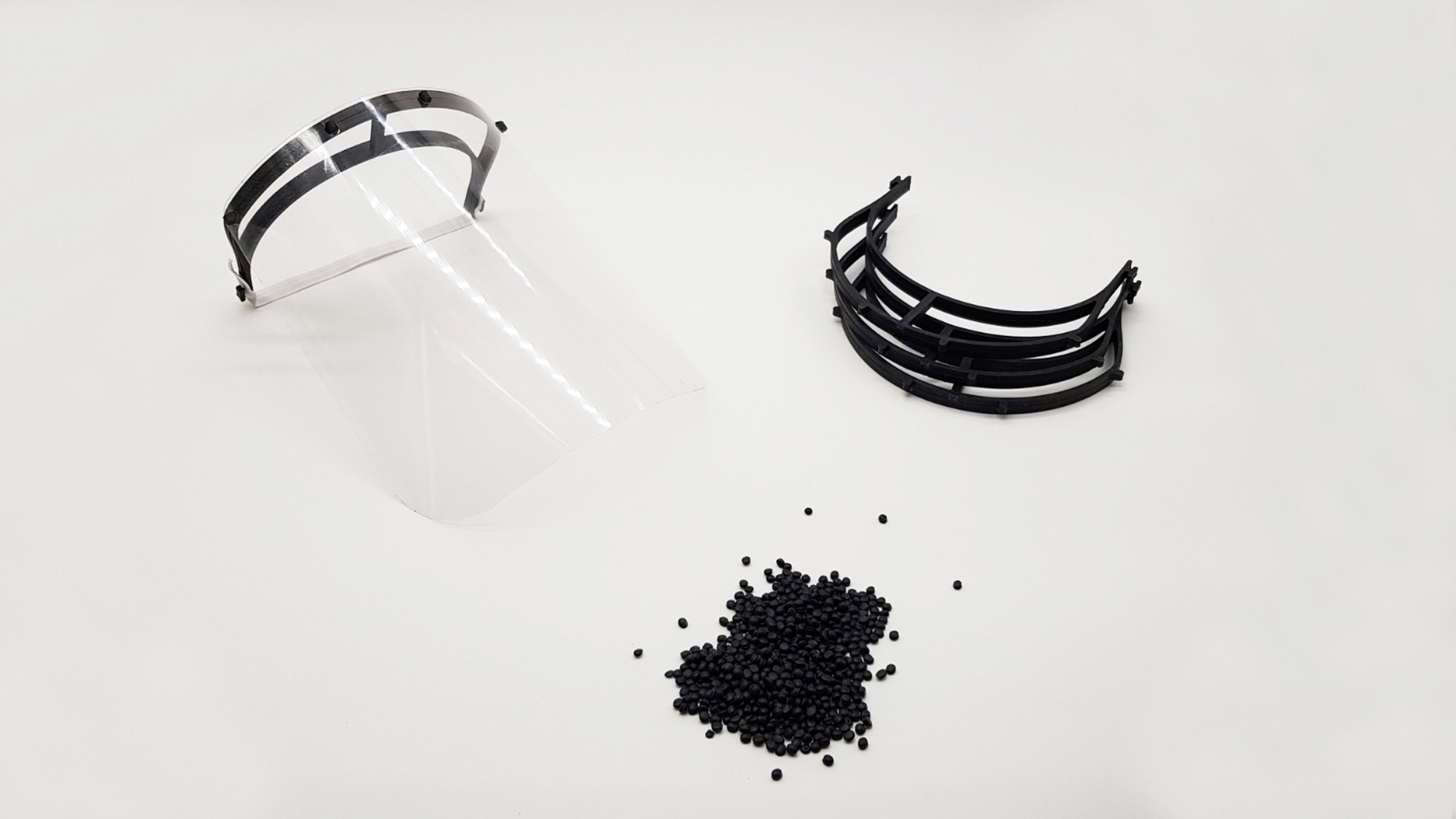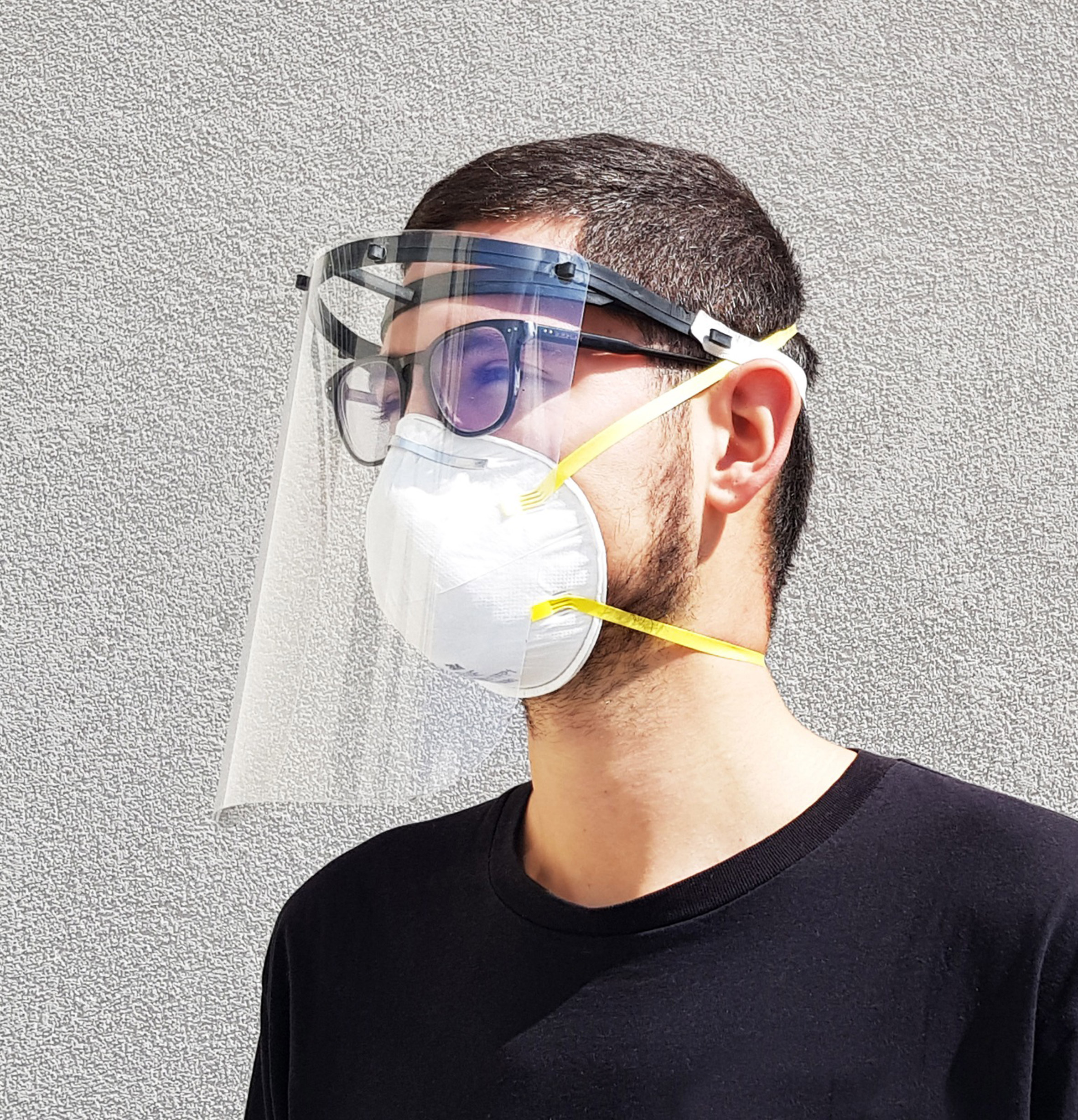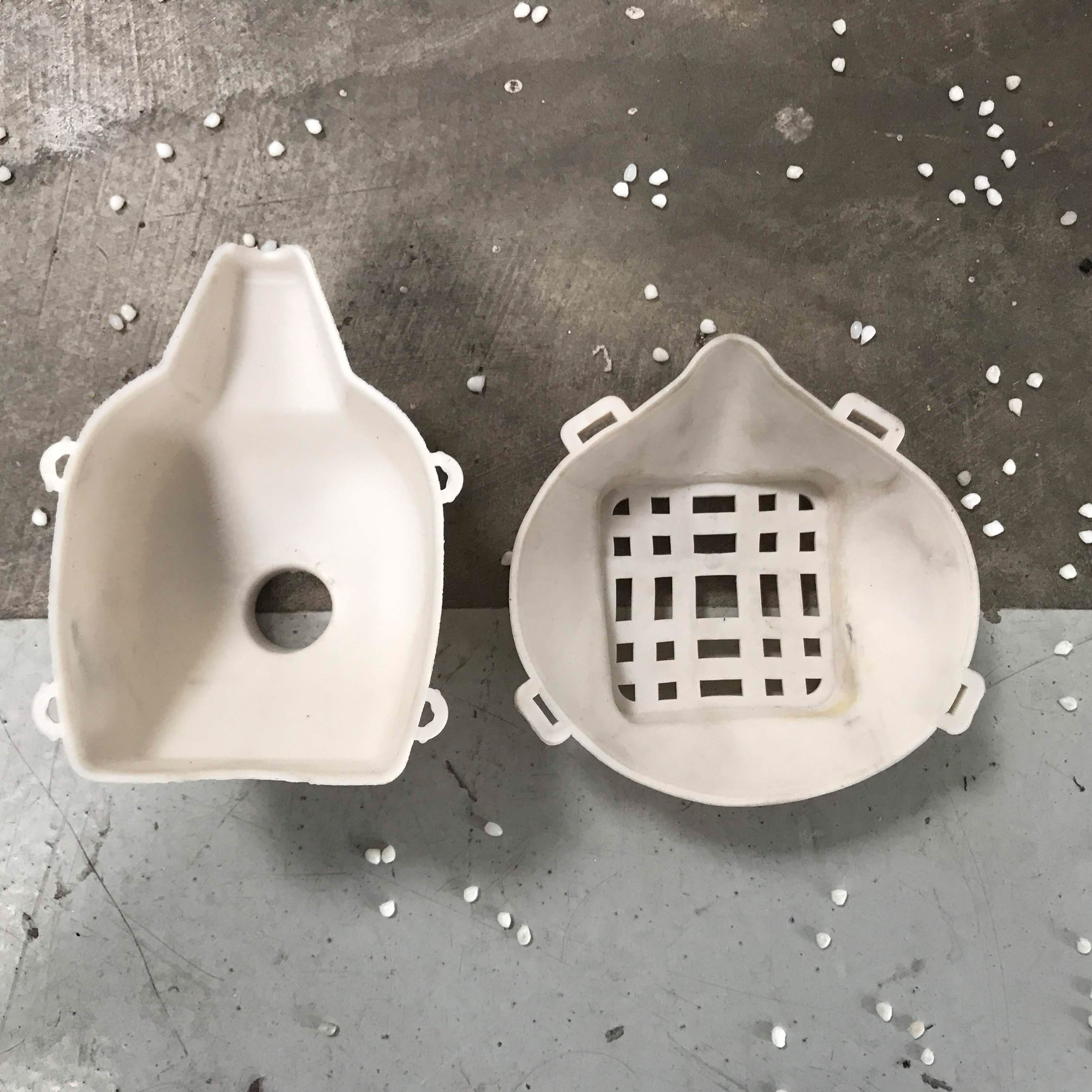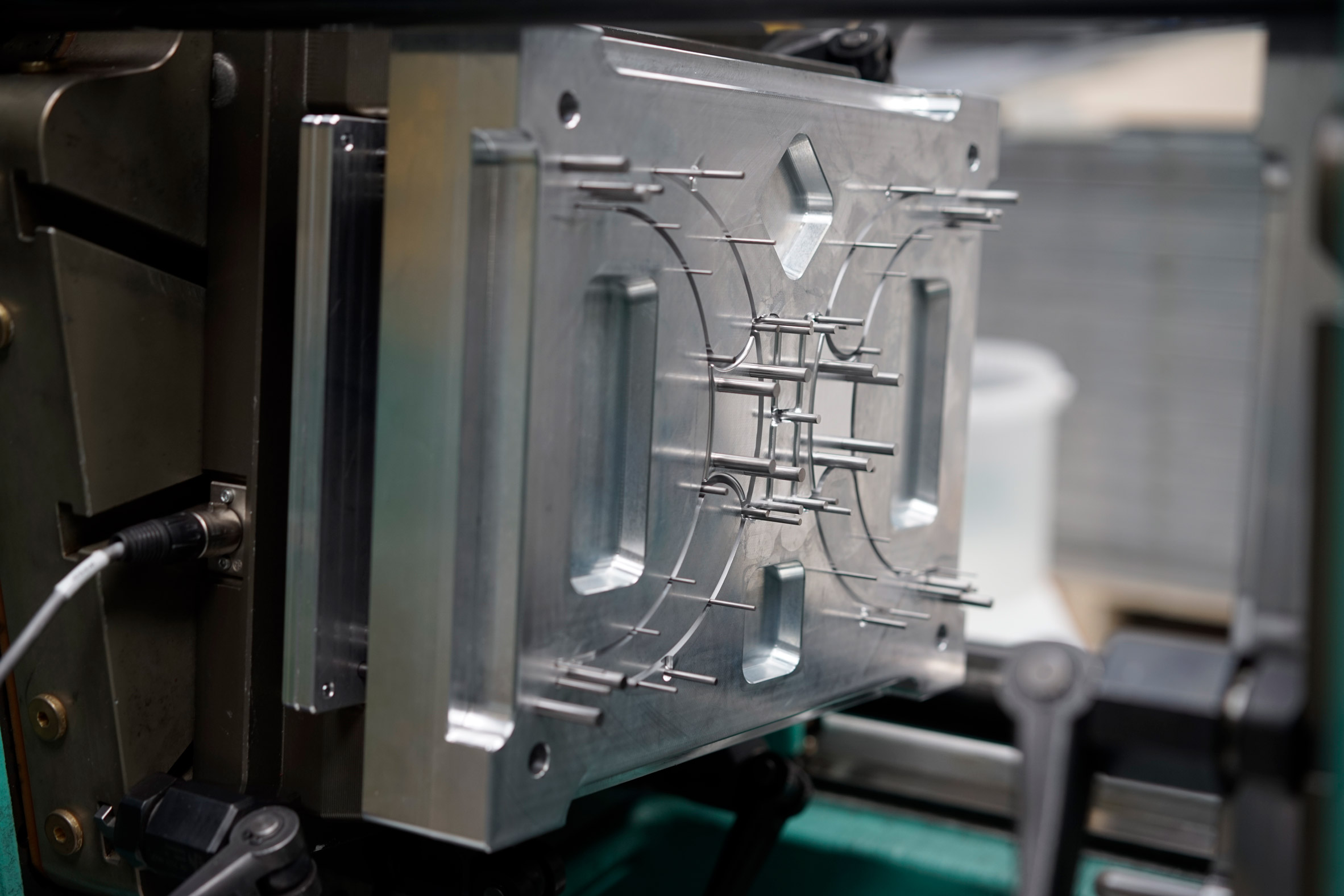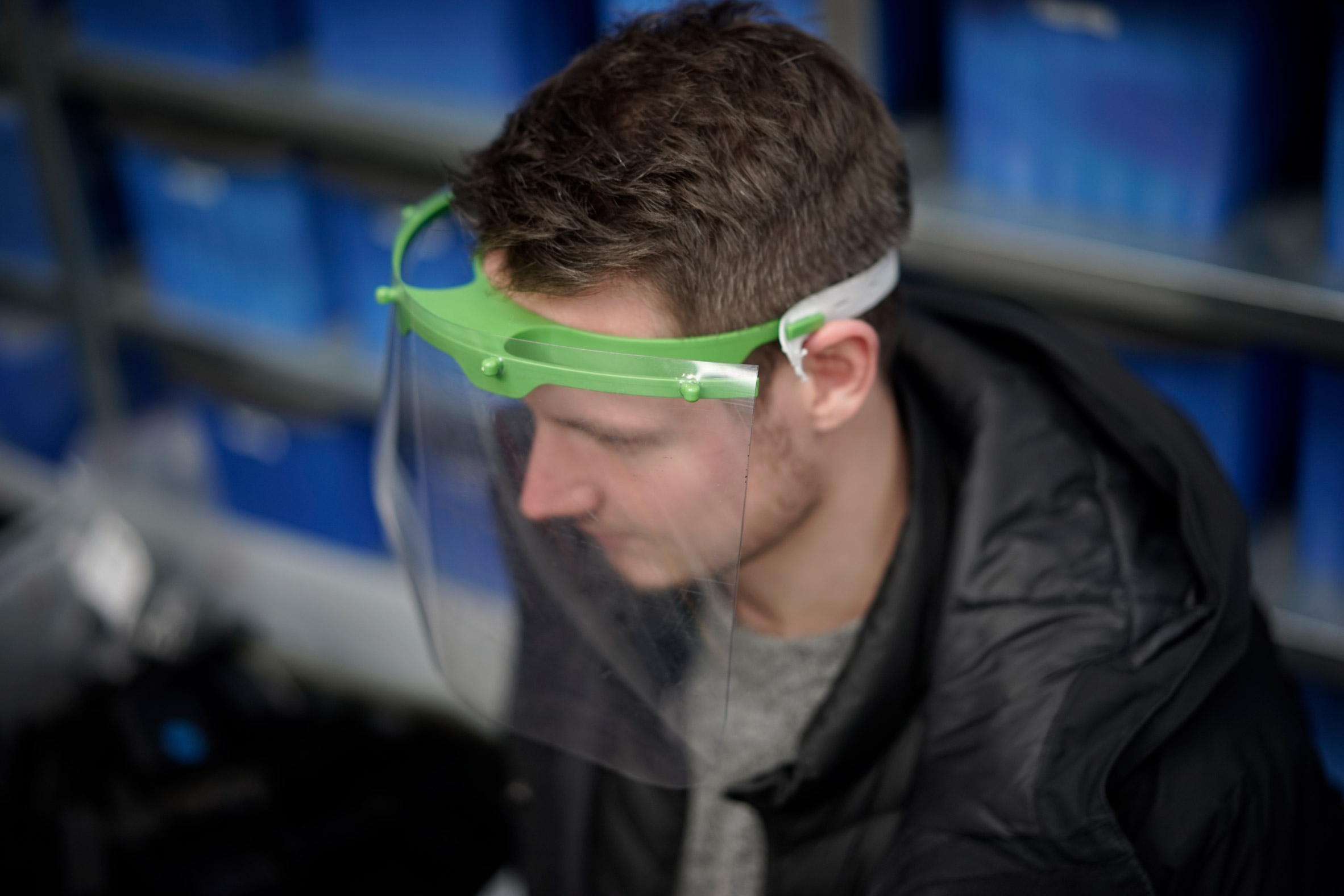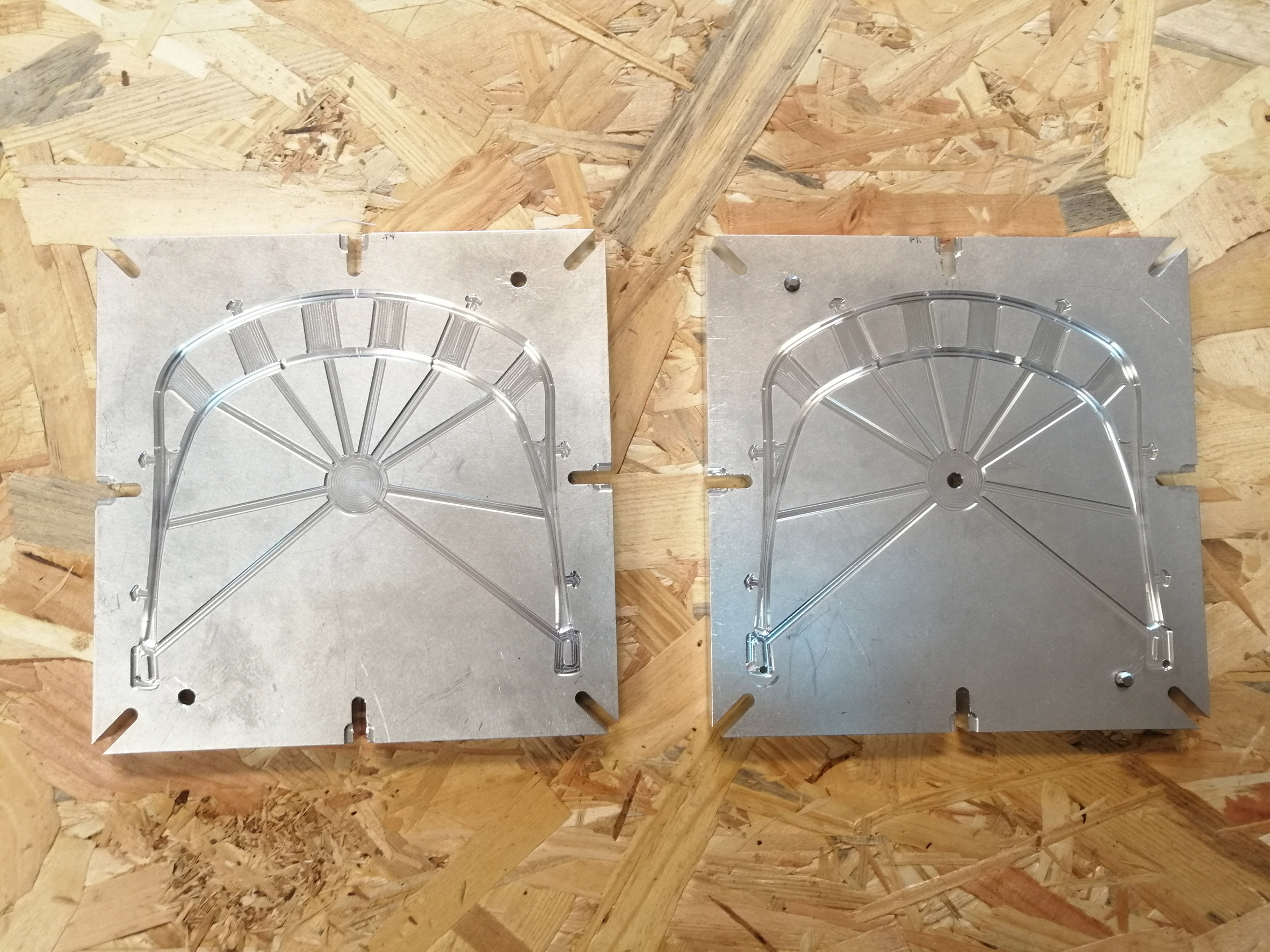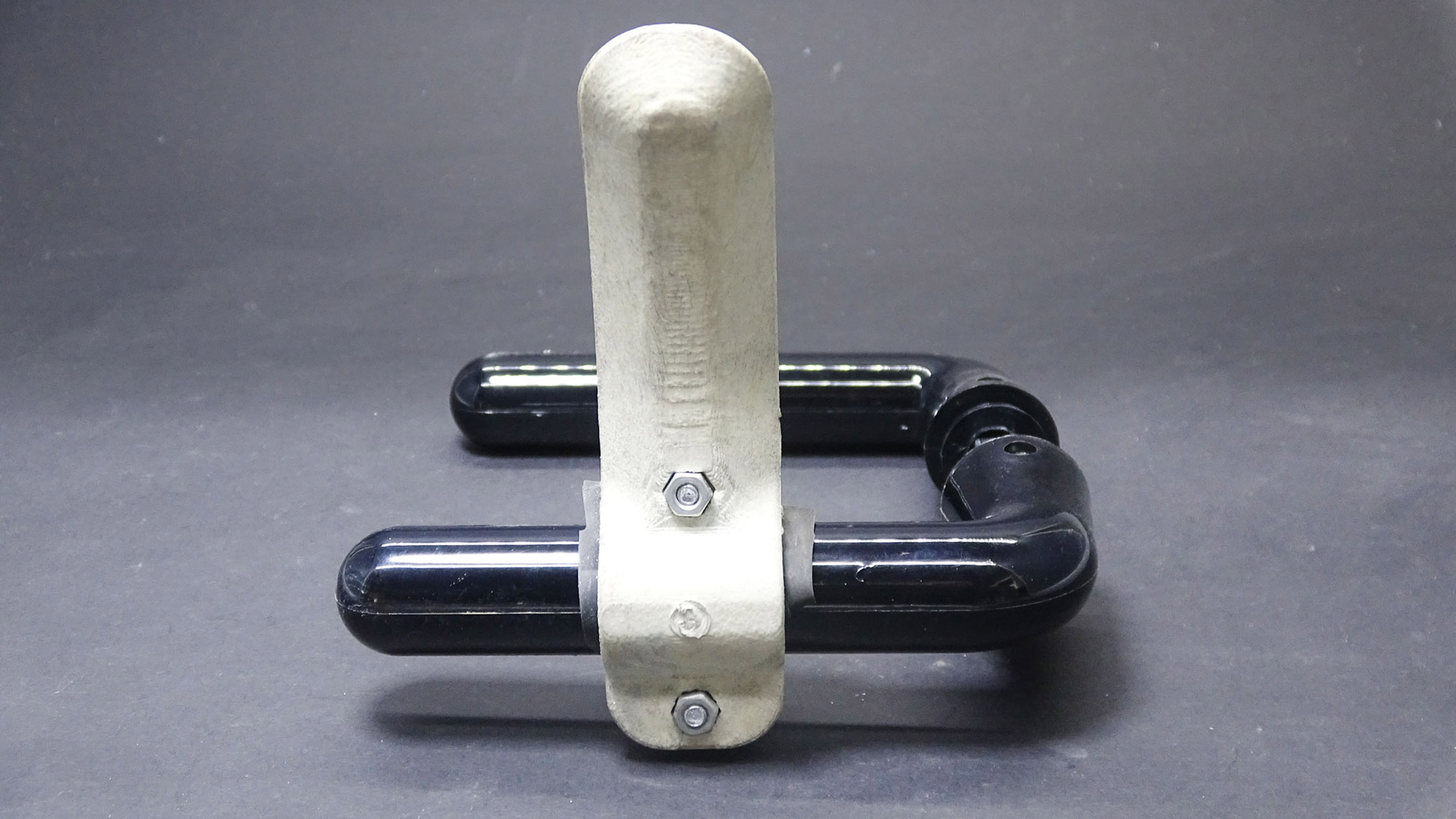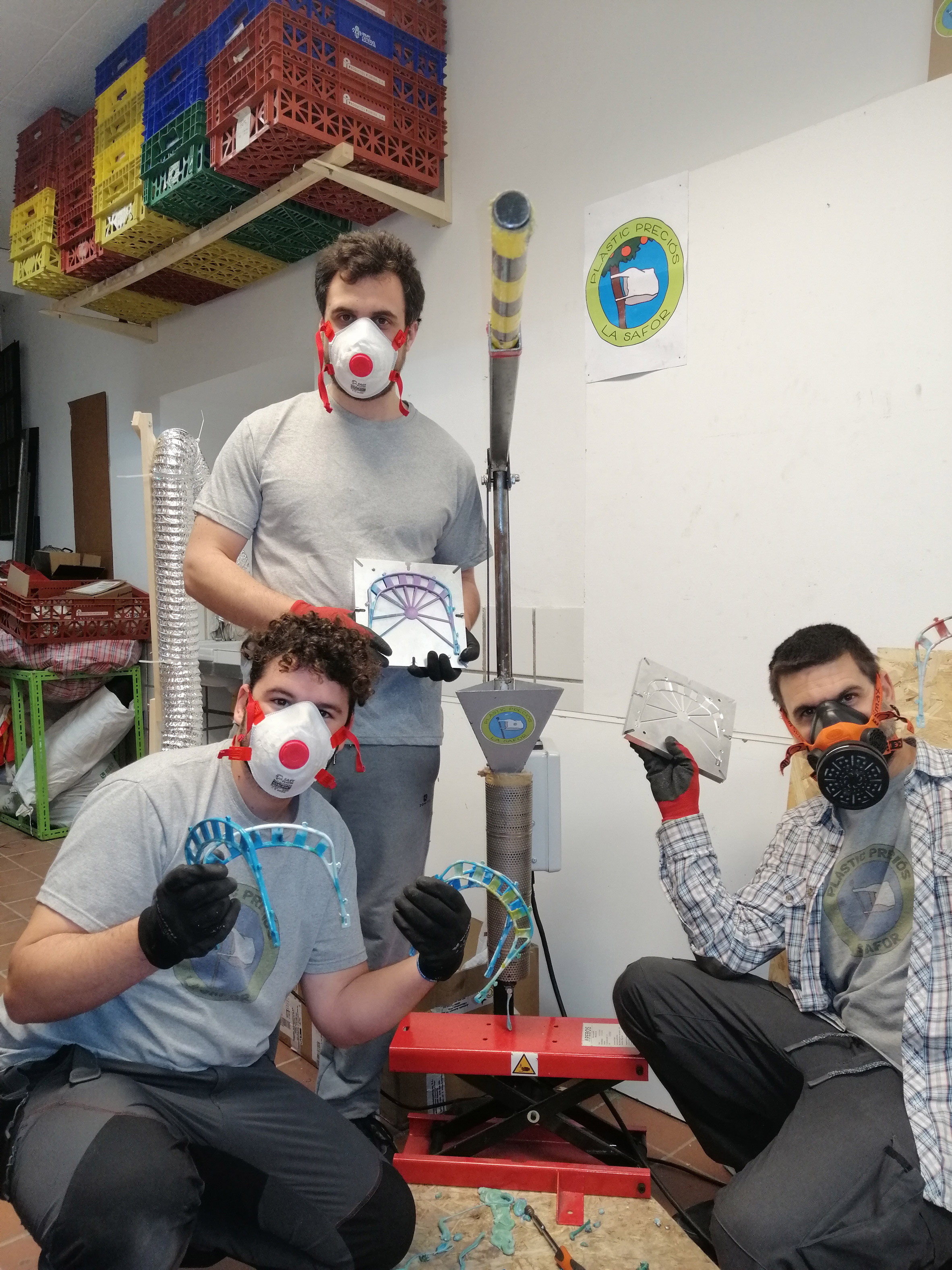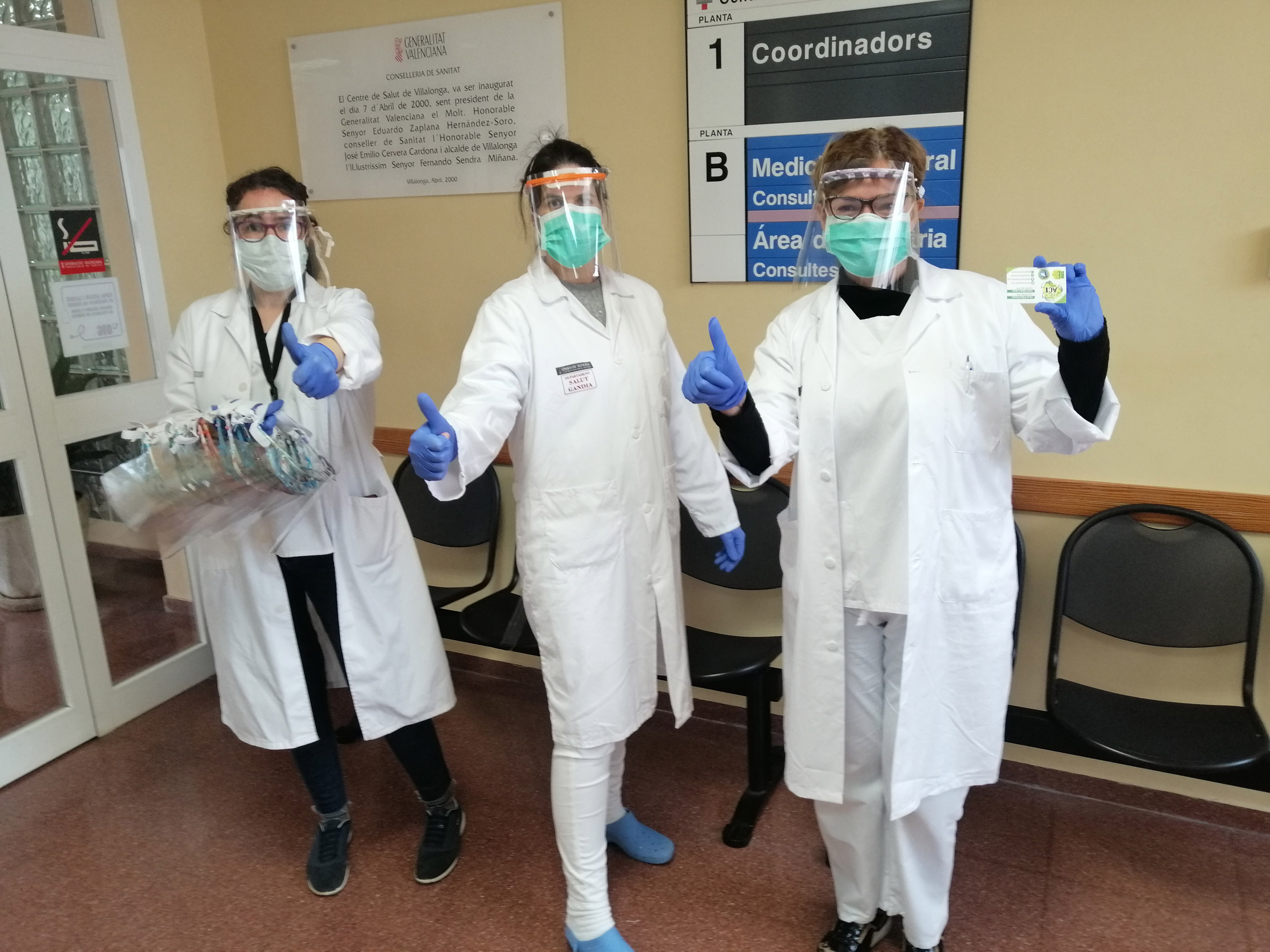
As the coronavirus pandemic continues its spread across the globe, art directors and artists are using magazine covers as a visual commentary on the crisis.
Covers range from sombre imagery, such as the biweekly cultural publication New York Magazine's lonely double bass player, to defiant statements like men's fashion and style magazine GQ Portugal's "F*ck off Covid-19"-smiley.
A number of the publications created the covers last minute in order to keep up with the fast-changing nature of the events.
"The story has been moving so quickly, that often we have been waiting until Monday – our cover press day – to decide which direction the cover should take," British newspaper the Guardian's art director, Andrew Stocks, told Dezeen.
Guardian Weekly's 27 March cover, "The new isolation," hit stands as the reality of social distancing struck the UK.
"This particular week was the beginning of the lockdown in the UK so I wanted this cover to get across the sense of sudden separation that everyone was feeling," Stocks said.
GQ Portugal's editor in chief, José Santana, is also a graphic designer. He created the upbeat smiley for one of the magazine's two March covers, as the mood in Portugal started to sink.
"It seemed that you couldn't be positive, nothing on television or in the press was to cheer people up. It seemed that overnight Covid-19 was the worst catastrophe that had come to mankind," he told Dezeen.
"Whatever the situation, we should never lose what only humans have, which is humour and hope, and be able to remain positive. Being depressed makes us more vulnerable to becoming sick. So, I thought of putting a smile on the 'face' of GQ."
Here are 10 examples of magazines that have used their cover art to comment on the pandemic:
View this post on Instagram
Santana wanted to use GQ Portugal's March cover to cheer people up and chose the classic smiley face, a symbol for positivity since it was created in the 1960s, for a simple, graphic illustration.
GQ's defiant stand is underlined by the two lines of text on the cover: "Everything's gonna be alright" and "F*ck off Covid-19."
"I made the smile in Photoshop and the cover lines came to my mind without thinking too much, the message was simple," Santana said.
View this post on Instagram
French weekly cultural and TV magazine chose an image, "Neighbours", by artist Jean Jullien to illustrate how "our lives turned upside down," as the headline states.
The cover came out on 28 March, 11 days after France went into lockdown. Like many other publications, Télérama also launched a digital version of the magazine to be downloaded as a PDF, for those who can't get a print issue.
View this post on Instagram
The Guardian Weekly cover for the week starting 27 March used a manipulated stock image to visualise the effects of social distancing.
The magazine's slogan, "A week in the life of the world," worked well in conjunction with the cover, which launched at a point when multiple parts of the world were experiencing lockdowns.
View this post on Instagram
Fashion magazine Vogue Italia changed its planned cover for the April issue last minute. It was originally meant to be a twin project with men's magazine L'Uomo Vogue, but the magazine decided instead to print a completely white cover for the first time ever.
"To speak of anything else – while people are dying, doctors and nurses are risking their lives and the world is changing forever – is not the DNA of Vogue Italia," the magazine said in the caption.
View this post on Instagram
Photographer Jeremy Cohen shot New York Magazine's 30 March cover of a man playing double bass alone on a Bushwick, New York rooftop.
It was the first issue of the magazine produced entirely remotely. "We decided to scratch much of the conventions of a typical issue and rebuild this one to suit the particular needs and circumstances," said David Haskell, the magazine's editor-in-chief.
View this post on Instagram
Monthly culture and fashion magazine Vanity Fair created a digital cover for its special feature on the lockdown in Italy.
The black-and-white images are reminiscent of war photography and were shot by Magnum photographer Alex Majoli, who has previously photographed Kosovo, Iraq and Afghanistan.
His photos for Vanity Fair capture the work being done by the nurses, paramedics and other frontline workers, as well as the eerily quiet piazzas of Italy.
View this post on Instagram
New York has been hard hit by the coronavirus. Chris Ware's touching cover for the New Yorker's Health Issue, called "Bedtime", came about after the artist asked his daughter what the cover should be.
She said: "Make sure it’s about how most doctors have children and families of their own," Ware said.
Using illustrations to highlight the situation in hospitals is a way to show the grim reality of working in an environment that privacy laws make hard to capture on photo.
View this post on Instagram
Santana was also the art director for Vogue Portugal's striking April cover of two lovers kissing wearing face masks. Editor-in-chief Sofia Lucas was inspired by a 1937 photo of a couple kissing, wearing surgical masks, during a flu epidemic.
"We spoke with the photographer Branislav Simoncik, who is in Bratislava, and we shoot two models, who are a couple, kissing with the masks that have become part of our new day-to-day," Santana told Dezeen.
View this post on Instagram
Alex Fine's humorous illustration for American weekly news publication Newsweek looks at how the coronavirus has changed how people work, with the Statue of Liberty working on a laptop in bathrobe.
"While the public health emergency will someday dissipate, some aspects of the 'Work From Home Revolution' are likely here to stay," the magazine concludes.
View this post on Instagram
Iranian fashion publication Prestige Magazine chose to subvert one of the world's most well-known images – the Mona Lisa – for the cover of its online edition in Italy.
Prestige magazine founder Hamid Barzegari created the cover, which shows her face covered by the now ubiquitous face masks. "However she wears mask but shows how she is comfortable and smiling. Be positive and stay safe in those days" the caption reads.
The post 10 magazine covers that offer creative takes on the coronavirus crisis appeared first on Dezeen.
from Dezeen https://ift.tt/2JRqK33

